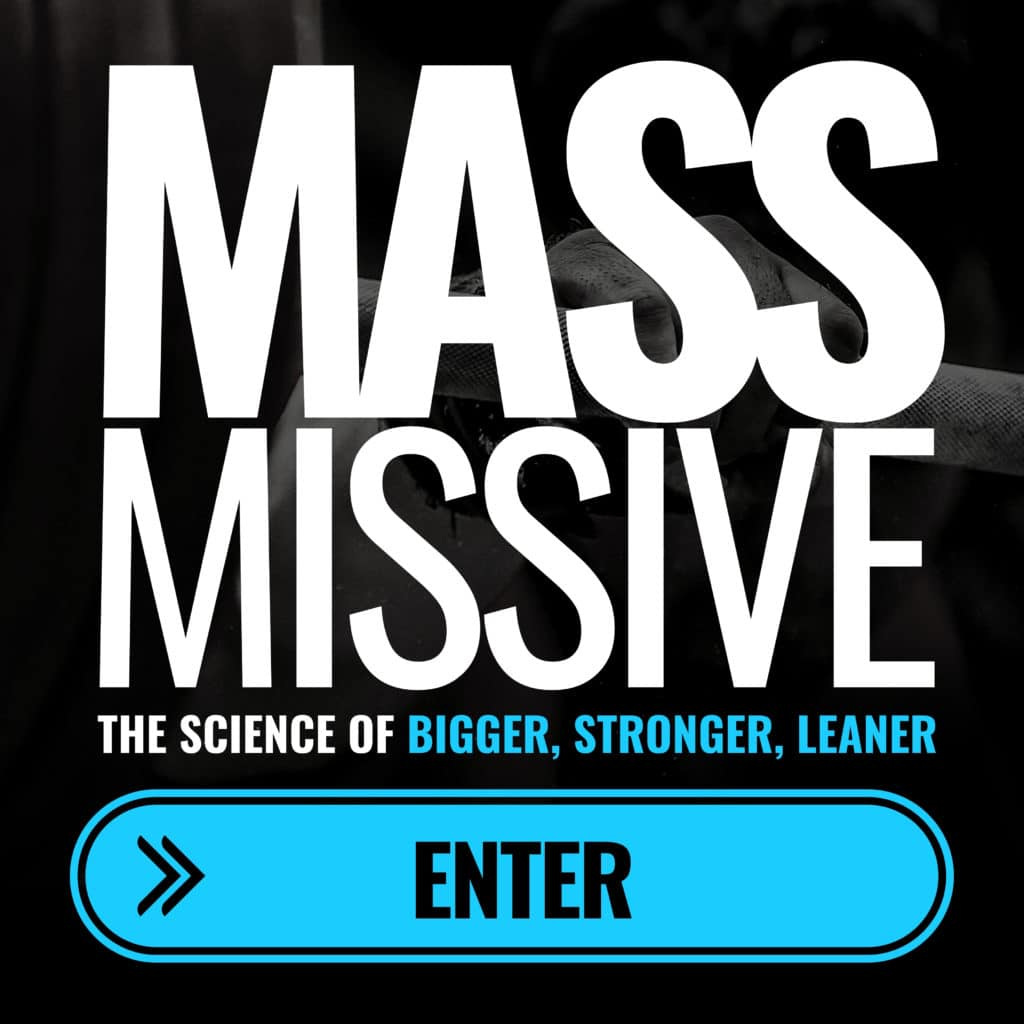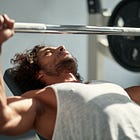Understanding Bench Press Biomechanics: Insights into Expertise, Technique and Gender Differences
Exploring how powerlifting experience and sex influence lifting technique and muscle activation during the bench press.
This study titled "Understanding Bench Press Biomechanics: Training Expertise and Sex Affect Lifting Technique and Net Joint Moments" by Mausehund and Krosshaug (PMID: 35157403) investigated how training expertise and sex influence lifting techniques, joint moments, and muscle activity during the bench press exercise.
Key Points
Participants: The study involved 34 healthy adults, 12 of whom were powerlifters (6 women, 6 men) and 22 of whom were recreational lifters (9 women, 13 men).
Methodology: Participants performed a 6-8 RM set bench press. The researchers measured:
Normalised net joint moments (NJMs) at the elbow and shoulder
Moment arms
Electromyographic (EMG) activity of six upper extremity muscles
Findings:
Impact of Training Expertise:
Powerlifters exhibited a distinct bar path, resulting in lower normalised peak elbow NJMs and shorter joint ranges of motion (ROM) compared to recreational lifters.
No significant differences were found in shoulder NJMs or muscle activity between the two groups.
Sex Differences:
Women displayed lower normalised mean shoulder NJMs but higher normalised peak elbow NJMs than men.
Women had higher mean elbow to shoulder NJM ratios.
Muscle activity patterns varied: women showed greater activation in the long head of the triceps brachii, but lower activity in both heads of the pectoralis major compared to men.
















